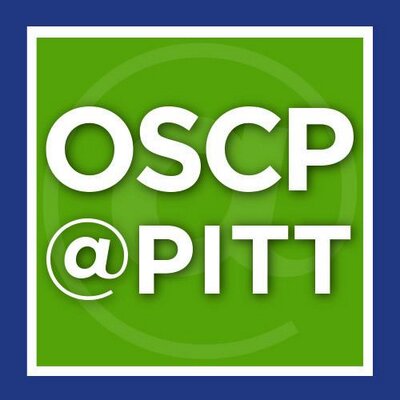Handley, Daniel
(2008)
SYSTEMS APPROACH TO ANALYZING THE TGFbeta/SMAD3GENE REGULATORY PATHWAY IN A549 CELLS.
Doctoral Dissertation, University of Pittsburgh.
(Unpublished)
Abstract
Public Health Significance: Idiopathic pulmonary fibrosis (IPF) is a devastating lung disease affecting over 100,000 people every year in the U.S. There is no prevention, cure, or effective treatment for the disease, and the life expectancy after diagnosis is about 3 years. The disease is characterized by progressive and irreversible deposition of fibrotic proteins in the lung. The etiology of the disease is poorly understood, but there is abundant evidence the pro-fibrotic cytokine transforming growth factor beta (TGFb) plays a major role in the disease process. TGFb acts principally through the DNA-binding transcription factor SMAD3. The research presented here may lead directly to new pharmacological interventions for IPF, thereby substantially decreasing morbidity and mortality rates for the disease.To gain new insights into how the TGFb/SMAD3 transcriptional regulatory pathway might promote pulmonary fibrosis, I combined high-throughput molecular biology measurements with systems biology computational tools to study transcriptional regulation of the TGFb/SMAD3 pathway in A549 alveolar epithelial cells. The first tier of measurement consisted of chromatin immunoprecipitation combined with whole-genome promoter microarrays (ChIP-on-chip). This technique globally identifies the promoter regions of genes bound by the SMAD3 transcription factor. A second tier of systems-wide information consisted of whole-genome gene expression microarrays, which measures levels of mRNA activated by the TGFb/SMAD3 pathway. These two tiers of transcription information were integrated and analyzed using systems biology computational tools. The analysis yielded three novel findings. The first is that the TGFb/SMAD3 pathway transcriptionally regulates transgelin, a protein that signifies the TGFb-induced transition of epithelial cells into collagen-secreting myofibroblasts. The second is that the TGFb/SMAD3 pathway also regulates the transcription factor FOXA2, which plays a major role in lung development and surfactant production. The third is possible TGFbeta/SMAD3 transcriptional regulation of PINX1, which is a potent suppressor of telomere reverse transcriptase (hTERT). All three of these proteins are mechanistically linked to genes or processes that are already suspected of being involved in the pathophysiology of IPF. Thus, a systems-level approach to studying transcriptional regulatory networks is a valuable tool for discovering new biological pathways or new connections between known biological pathways.
Share
| Citation/Export: |
|
| Social Networking: |
|
Details
| Item Type: |
University of Pittsburgh ETD
|
| Status: |
Unpublished |
| Creators/Authors: |
|
| ETD Committee: |
|
| Date: |
24 June 2008 |
| Date Type: |
Completion |
| Defense Date: |
24 March 2008 |
| Approval Date: |
24 June 2008 |
| Submission Date: |
9 April 2008 |
| Access Restriction: |
No restriction; Release the ETD for access worldwide immediately. |
| Institution: |
University of Pittsburgh |
| Schools and Programs: |
School of Public Health > Human Genetics |
| Degree: |
PhD - Doctor of Philosophy |
| Thesis Type: |
Doctoral Dissertation |
| Refereed: |
Yes |
| Uncontrolled Keywords: |
ChIP-on-chip; chromatin immunoprecipitation; idiopathic pulmonary fibrosis; IPF; microarray; systems biology |
| Other ID: |
http://etd.library.pitt.edu/ETD/available/etd-04092008-155553/, etd-04092008-155553 |
| Date Deposited: |
10 Nov 2011 19:35 |
| Last Modified: |
15 Nov 2016 13:39 |
| URI: |
http://d-scholarship.pitt.edu/id/eprint/6925 |
Metrics
Monthly Views for the past 3 years
Plum Analytics
Actions (login required)
 |
View Item |








